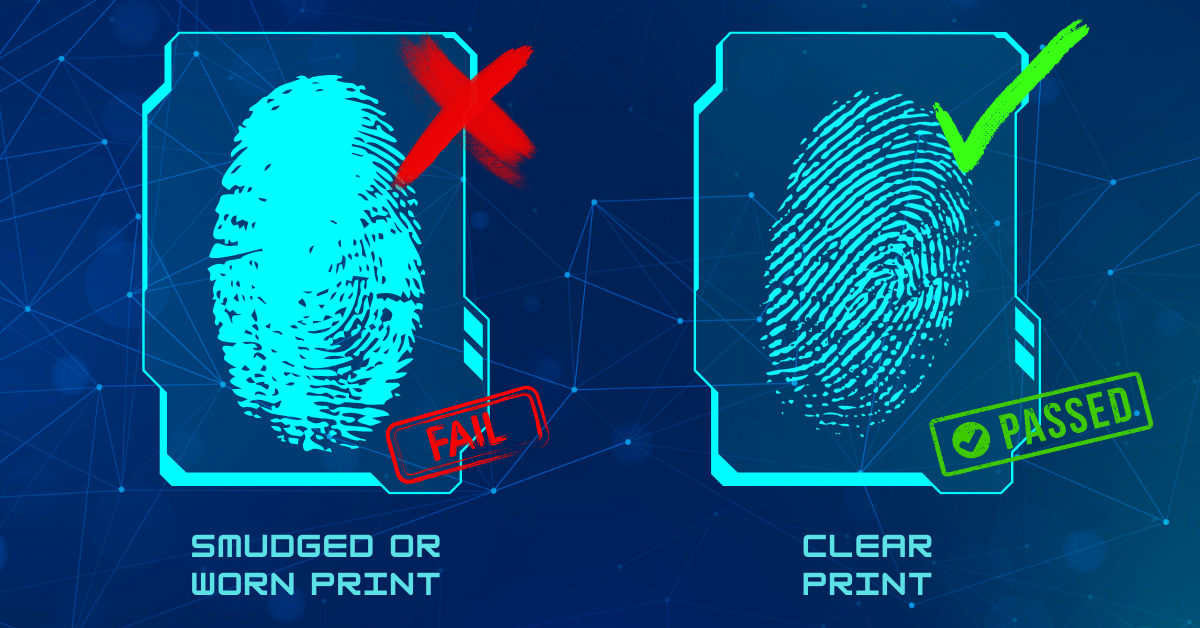Categories
Biometric technology has become a cornerstone of modern security, offering a seamless way to verify identities using unique physical or behavioral traits. From unlocking smartphones with a fingerprint to accessing secure facilities with iris scans, biometric templates are at the heart of these systems. But what exactly is a biometric template, and how is it created and stored securely to protect user privacy?
This article delves into the intricacies of biometric template creation and storage, exploring the processes, technologies, and safeguards that ensure both functionality and data protection.

A biometric template is a digital representation of an individual’s unique biometric characteristics, such as fingerprints, facial features, or palm vein patterns. Unlike raw biometric data, which captures the full image or recording, a template is a compact, processed version that retains only the essential data needed for matching during authentication.
Biometric templates enable quick and accurate identity verification by comparing stored data against new inputs.
Common templates include fingerprint minutiae, facial geometry, palm vein patterns, and voice waveforms.
Templates are designed to be one-way constructs, meaning the original biometric data cannot be reconstructed from the template.
This transformation from raw data to a template is critical for both efficiency and privacy, as it reduces storage needs and minimizes the risk of data misuse.
Creating a biometric template involves several steps to ensure accuracy and security. The process begins with capturing raw biometric data and ends with a standardized template ready for storage.
A biometric sensor, such as a fingerprint scanner or facial recognition camera, collects raw data. The quality of the sensor and environment (e.g., lighting or noise) significantly impacts the data’s reliability.
Specialized algorithms analyze the raw data to identify distinguishing features, such as the ridges and valleys in a fingerprint or the distances between facial landmarks.
The extracted features are converted into a mathematical format, often a binary or numerical code, creating a compact template.
The system evaluates the template’s quality to ensure it meets standards for accuracy and consistency during future authentications.
Once created, biometric templates must be stored securely to prevent unauthorized access or breaches. Several storage methods are employed, each with its own benefits and considerations.
Storing biometric templates directly on a user’s device, such as a smartphone or smart card, is a common approach, particularly for consumer applications.
In enterprise or government systems, templates are often stored in centralized databases for large-scale authentication.

Cloud storage offers a hybrid approach, combining accessibility with scalability.
Privacy is a paramount concern in biometric systems, as templates are derived from deeply personal characteristics. Several strategies are employed to safeguard user data.
Biometric templates are typically encrypted or hashed before storage to prevent unauthorized access. Encryption ensures that even if data is intercepted, it remains unreadable without the decryption key.
Advanced techniques, such as cancelable biometrics and homomorphic encryption, further enhance privacy.
Organizations must adhere to privacy laws, such as the General Data Protection Regulation (GDPR) in Europe or the California Consumer Privacy Act (CCPA), which mandate strict data handling and user consent protocols.
Despite robust safeguards, biometric template management faces several challenges:
High-profile breaches highlight the risks of centralized storage, where a single vulnerability can expose millions of templates.
Attackers may attempt to create fake biometric inputs to trick authentication systems, requiring continuous advancements in anti-spoofing technology.
Different systems may use proprietary template formats, complicating data sharing and standardization.
Public skepticism about biometric data storage, fueled by privacy concerns, can hinder adoption.
The field of biometric template creation and storage is evolving rapidly, driven by advancements in technology and growing privacy demands.
Combining multiple biometric traits (e.g., fingerprint and facial recognition) to create more robust templates.
Blockchain and distributed ledger technologies are being explored to store templates securely without centralized vulnerabilities.
Artificial intelligence is improving feature extraction and matching accuracy, reducing errors in template creation.
Techniques like federated learning allow systems to train on biometric data without storing raw inputs, enhancing privacy.
Biometric templates are the backbone of modern identity verification, enabling secure and convenient authentication across various applications. By carefully managing the creation and storage of these templates, organizations can harness the power of biometrics while prioritizing user privacy. From robust encryption to innovative protection techniques, the focus on security is paramount in addressing challenges and building trust. As technology advances, the future of biometric template management looks promising, with new methods poised to enhance both functionality and data protection. By staying informed and adopting best practices, we can ensure that biometric systems remain a trusted tool in an increasingly digital world.